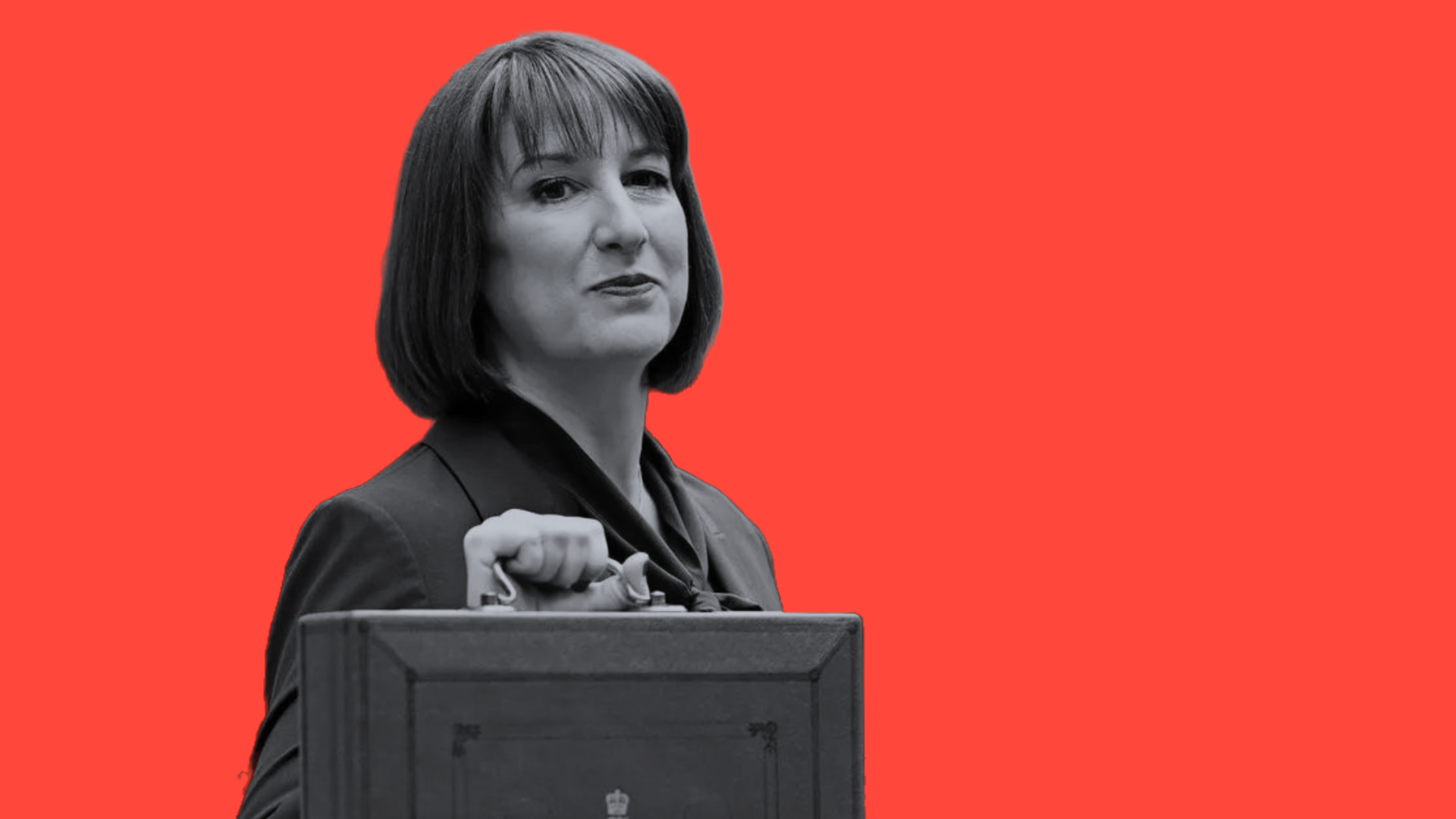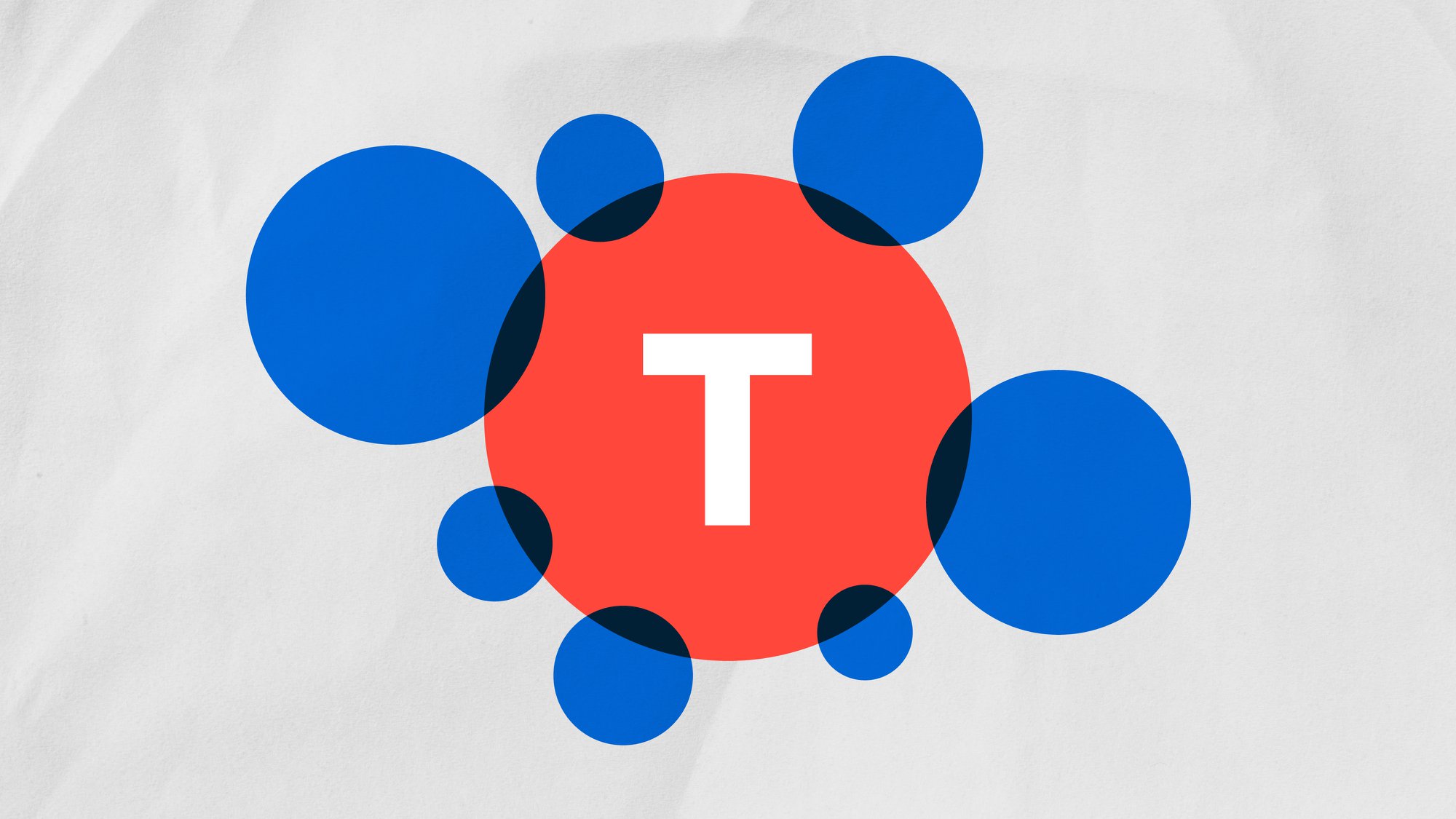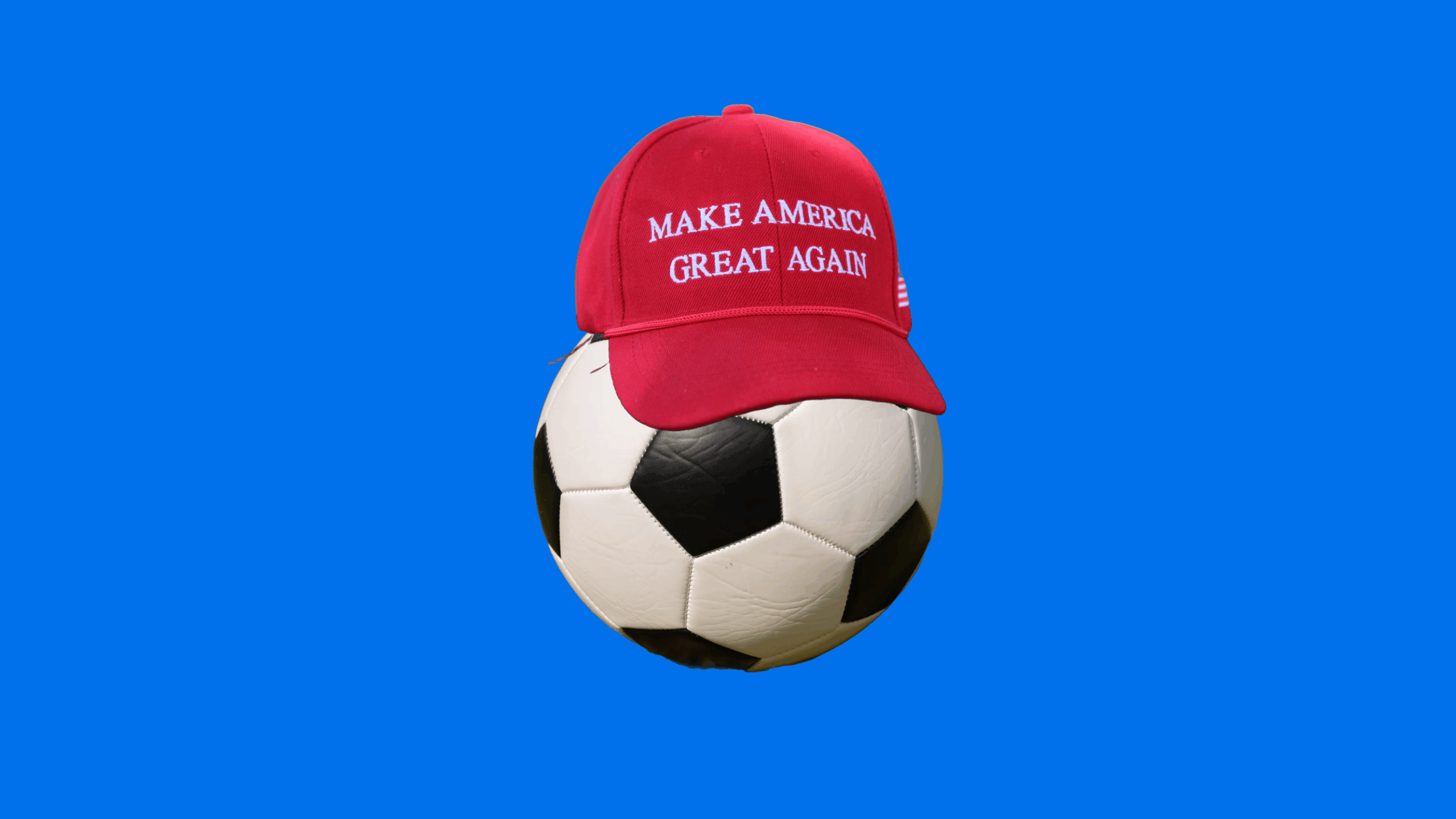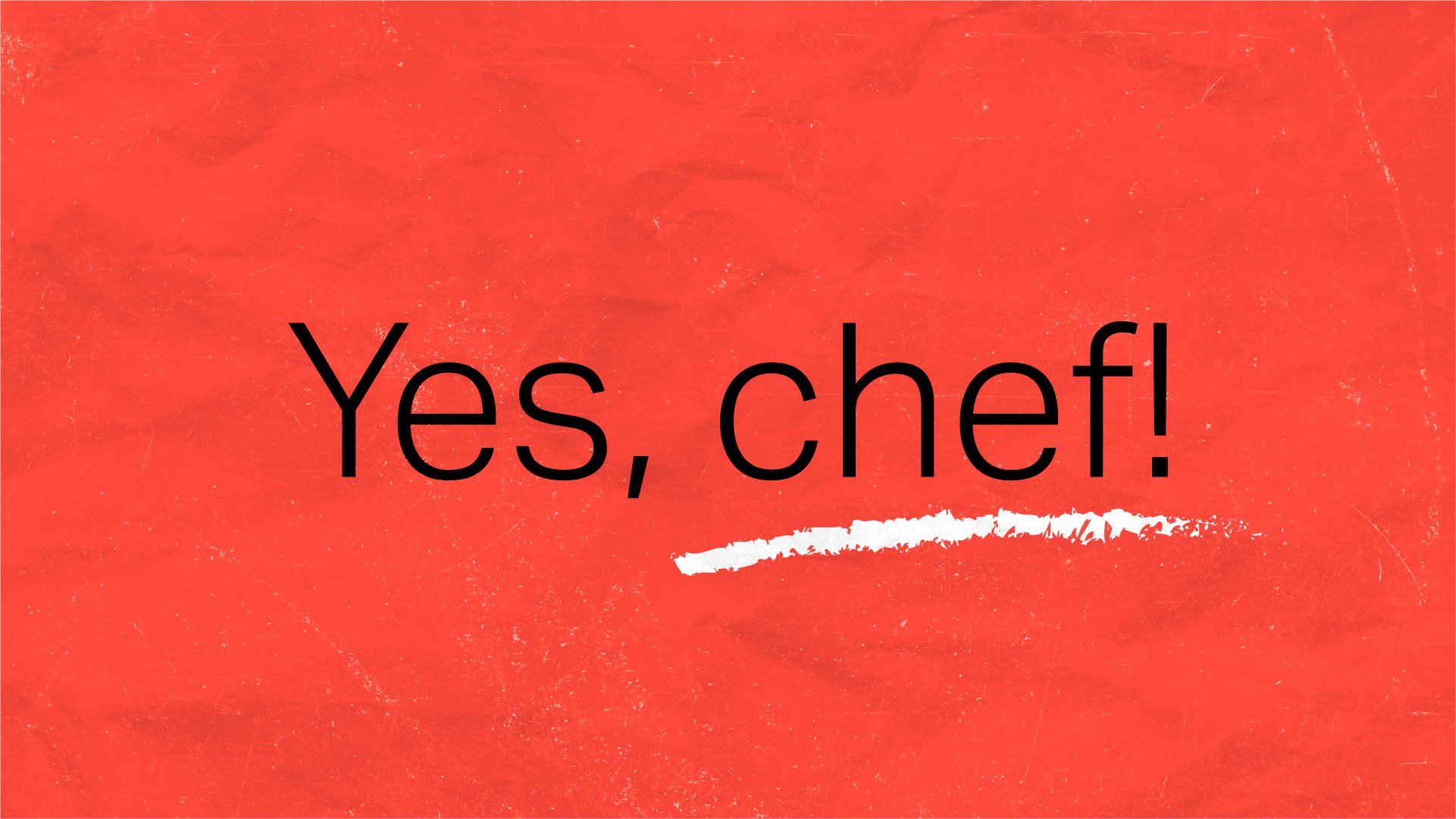Business Lessons from The Bear Part 3: Consistency
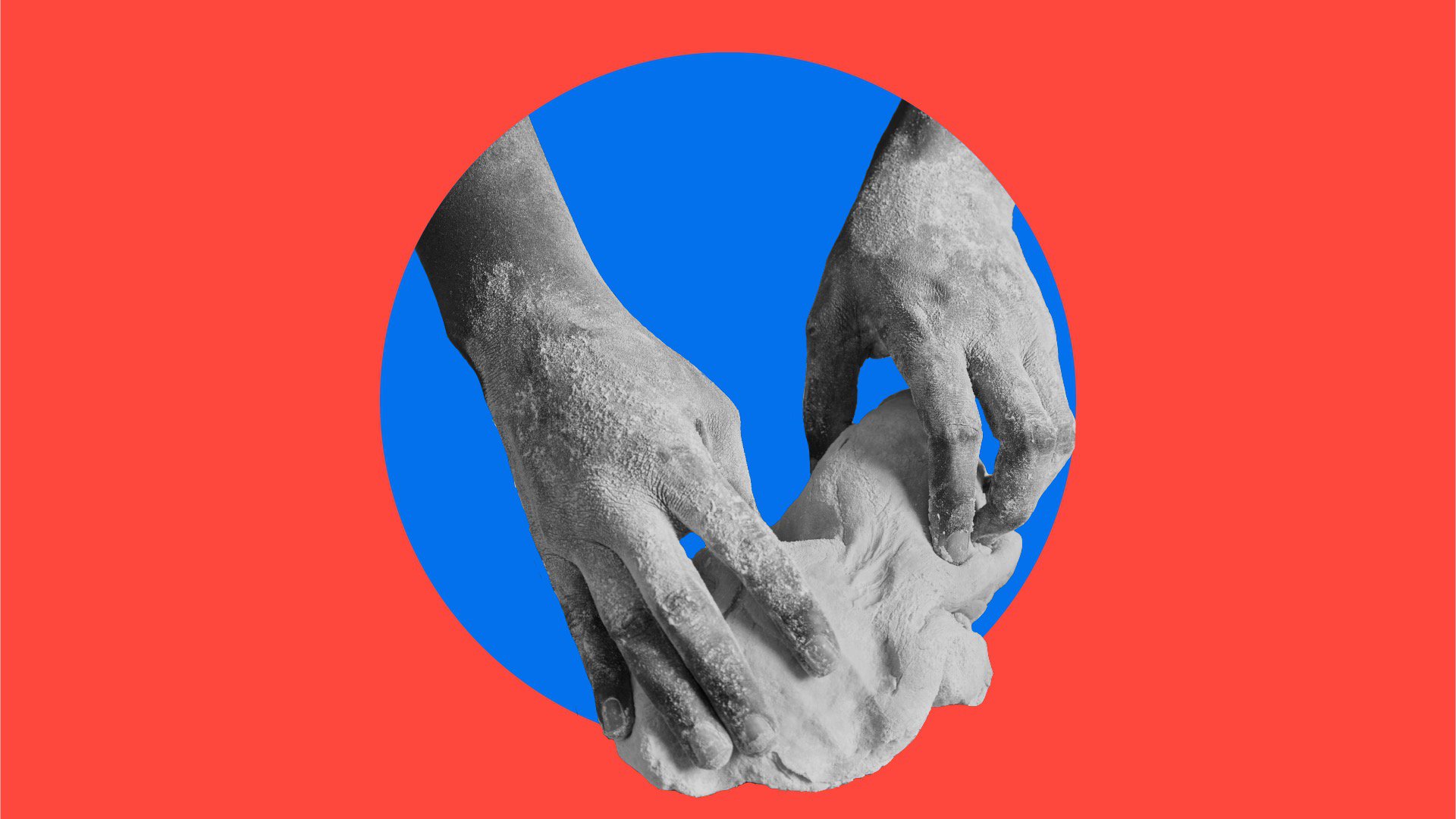
In episode two of The Bear, Carmy teaches us – brands and individuals – a few things about the importance of consistency.
So, let’s take a look at how we can put these learnings into meaningful, valuable action.
Transposed from The Bear: Episode 2
“Hands”
Page 3
(MARCUS is staring at CARMY as he cleans)
CARMY
Why am I using a toothbrush, Chef?
It’s about consistency and being consistent. We can’t operate at a higher level without consistency.
RITCHIE
I like this level.
MARCUS
Me, too.
CARMY
Yeah, well, at the French Laundry, you know how much time…
RITCHIE
Well, go f*ck your French Laundry. Stupid f*cking name.
CARMY
Alright, then at Noma…
RITCHIE
Oh, and f*ck your Noma, too!
MARCUS
System, baby. Noma’s the sh*t, huh?
CARMY
The best. Teach you to operate at a level you didn’t even know you could operate at, Marcus.
_________________________________________________________
Brand Consistency – What Does it Look Like?
In the aftermath of the Gulf of Mexico disaster, energy giant bp undertook a root and branch review of culture.
Eleven people died when the Deepwater Horizon platform suffered a blowout. The environmental damage was catastrophic.
Contractors Halliburton, and rig operator Transocean, alongside bp were found to have missed faulty construction.
So, what had gone wrong?
At the time, the values of bp were clear. Words like ‘mutual advantage’, ‘safety’, ‘no accidents or harm’, and ‘being reliable’ were littered throughout their values statements.
You’ll see the four values here:
- Progressive: We believe in the principle of mutual advantage and build productive relationships with each other, our partners and our customers.
- Responsible: We are committed to the safety and development of our people and the communities and societies in which we operate. We aim for no accidents, no harm to people and no damage to the environment.
- Innovative: We push boundaries today and create tomorrow’s breakthroughs through our people and technology.
- Performance driven: We deliver on our promises through continuous improvement and safe, reliable operations.
Just a year before the Gulf of Mexico disaster, in bp’s annual financial report, the then CEO Tony Hayward had spelled out clearly the priorities for bp: “safety, people and performance.”
But look at that 2009 financial report more closely, and a hidden message sits in plain sight. The space given over to efficiency and performance in his CEO note is twice as long as that dedicated to safety and people.
Words mean nothing without actions.
For bp, and I know, because I was a small part of the team involved in the whole cultural review, ‘performance-driven’ had trumped everything else.
And when that happens, the focus on the detail can get lost at the expense of the bigger picture.
The personal devastation that bp employees felt – Hayward included – after the disaster was real. There is no doubt in my mind that the belief in safety was authentic. But there is a difference between belief and commitment.
Being committed to safety is like cleaning the floor of your kitchen with a toothbrush every day. It’s something you do. Religiously. And everyone does it.
Define What Your Brand’s Bread and Butter is
First, what are the fundamental actions that matter to you and your brand?
For Carmy, the whole experience of the restaurant is built around consistent excellence in everything the kitchen does.
And, for brands like Pret a Manger and Coca Cola, it’s about being there, to hand, whenever needed.
For bp, it needed to be about safety.
And that commitment to safety was reinstalled not only by calling the word out as a specific value (which they did), but by making sure that every employee followed safety principles, from the CEO upwards.
It’s about consistency.
In this case the one thing that is – and should always be important to bp and others in high risk industries – is safety.
It’s been much criticised, but in the years following the Gulf of Mexico disaster you couldn’t so much as use the stairs without being called out for not holding the handrail.
Wearing the right equipment on a platform became absolutely critical and calling out any misdemeanour an egalitarian principle.
And this is where behaviour starts to inform system change, because having the right helmet on isn’t about to prevent systematic failure.
In the case of large-scale disaster, where financial risks are potentially out-weighing safety risks you need people consistently calling out bad behaviour and raising questions regarding the principles that matter.
That’s why courage is so important. It’s about employees knowing they can stop work at any time should anything feel a risk too far.
Two years after Deepwater Horizon, bp reported 43 Tier 1 process safety events compared with 74 in the previous year. Loss of primary containment (that’s leaks to you and me) was reduced by 19% compared with the previous year.
That’s not down to holding the handrail, but it is down to leaders being seen to drink the safety Kool-Aid and to encourage others to do so.
The Business Argument
Employees follow the leader. In his excellent article on Transference, Michael Maccoby outlines how Freud’s theory can relate to the workplace.
Patients fall in love with their psychoanalysts because they transfer expectations to them. In a hierarchical setting, employees follow what the leader does.
In an innovation setting, leaders can give employees the confidence to experiment. It’s all about what you do as a leader.
A People Management report discovered that 81 per cent of those who felt trusted by their line managers were engaged, compared to 28 per cent of employees who didn’t.
What You Can Do
- Find time to talk to people every day about what matters.
- Role model the behaviours that you want to see – get down on the kitchen floor and scrub.
- Publicly recognise people who fulfil the behaviours you are expecting to see.

